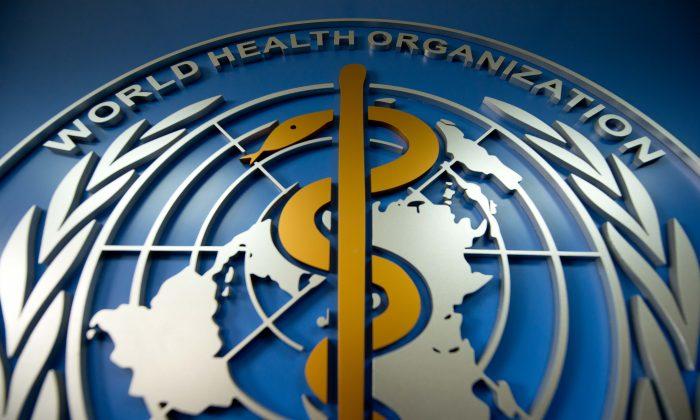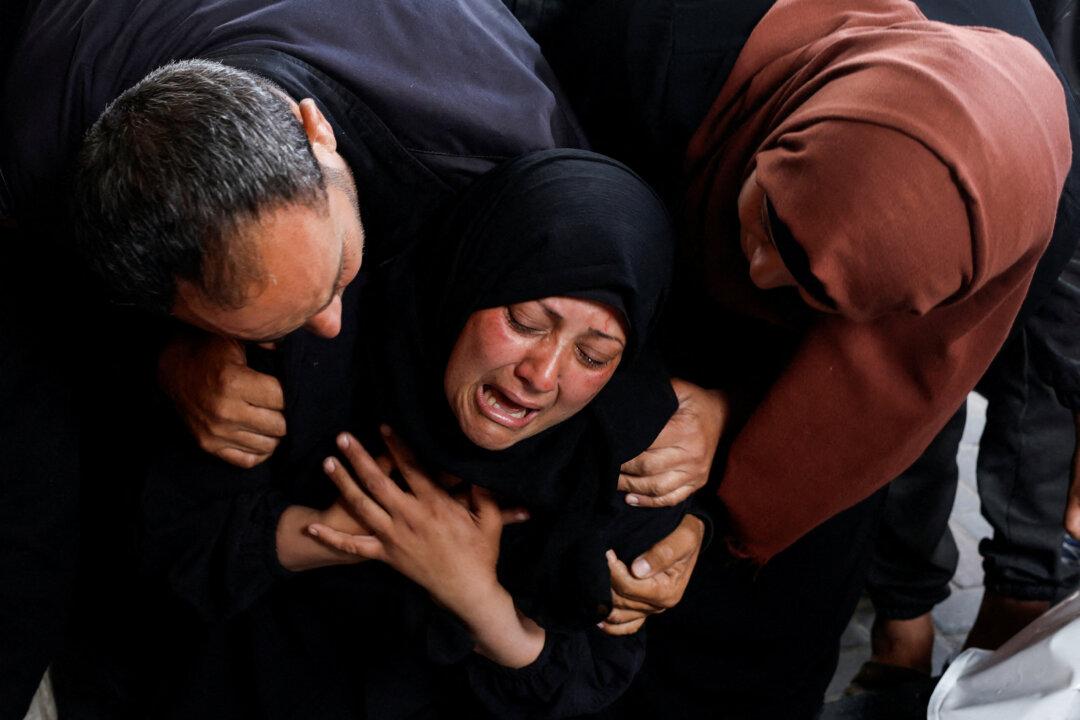GENEVA—Yemen’s cholera outbreak is set to hit 400,000 cases on Tuesday but there are signs the three-month-old epidemic is slowing, according to World Health Organization data analyzed by Reuters.
A dramatic fall over the past month in the number of people dying from the disease each day—from about 30 to single figures—suggests the WHO’s strategy of setting up a network of rehydration points to catch patients early is working.
Cholera, which is spread by ingestion of food or water contaminated by the Vibrio cholerae bacterium, can kill within hours if untreated. The deaths figures indicate that 99.5 percent of patients now survive in Yemen, where a devastating civil war and economic collapse has left millions on the brink of starvation.
“We are confronted with the vicious circle where war destroys (the) water distribution system, water is not available or contaminated and people are infecting themselves,” ICRC President Peter Maurer said during a visit to Taiz governorate on Tuesday.
“To cope with the crisis we need a fundamental change in attitude and behavior of the belligerents,” an ICRC statement quoted Maurer as saying.
The latest WHO situation report showed 396,086 Yemenis were thought to have caught the diarrhoeal disease by July 24, about 1 in 50 of the population. There were 1,869 associated deaths.
New cases are continuing at between 5,000 and 6,000 per day, but the epidemic curve shows that the outbreak peaked about three weeks ago, according to the WHO.
Such epidemics normally see as many cases after the peak as before, however, and the International Committee of the Red Cross has predicted that the number of people affected will have hit 600,000 people by the end of 2017.
The cholera outbreak has prompted the U.N. to revise its humanitarian assessment and it now calculates 20.7 million Yemenis are in need of assistance, up from the previous figure of 18.8 million.
Cholera is also spreading in Somalia, Kenya, Congo, Nigeria, Tanzania and South Sudan, where the WHO is about to start a vaccination campaign with 500,000 doses of oral cholera vaccine.
Despite Yemen’s huge outbreak, the biggest in any country in the space of a year, it has put off a vaccination campaign until 2018, the WHO said.
“A cholera vaccination campaign originally planned for July 2017 has been postponed at the request of the health authorities, in favor of a much larger preventive campaign next year targeting millions of Yemenis at risk of the disease,” a WHO statement said.






Friends Read Free